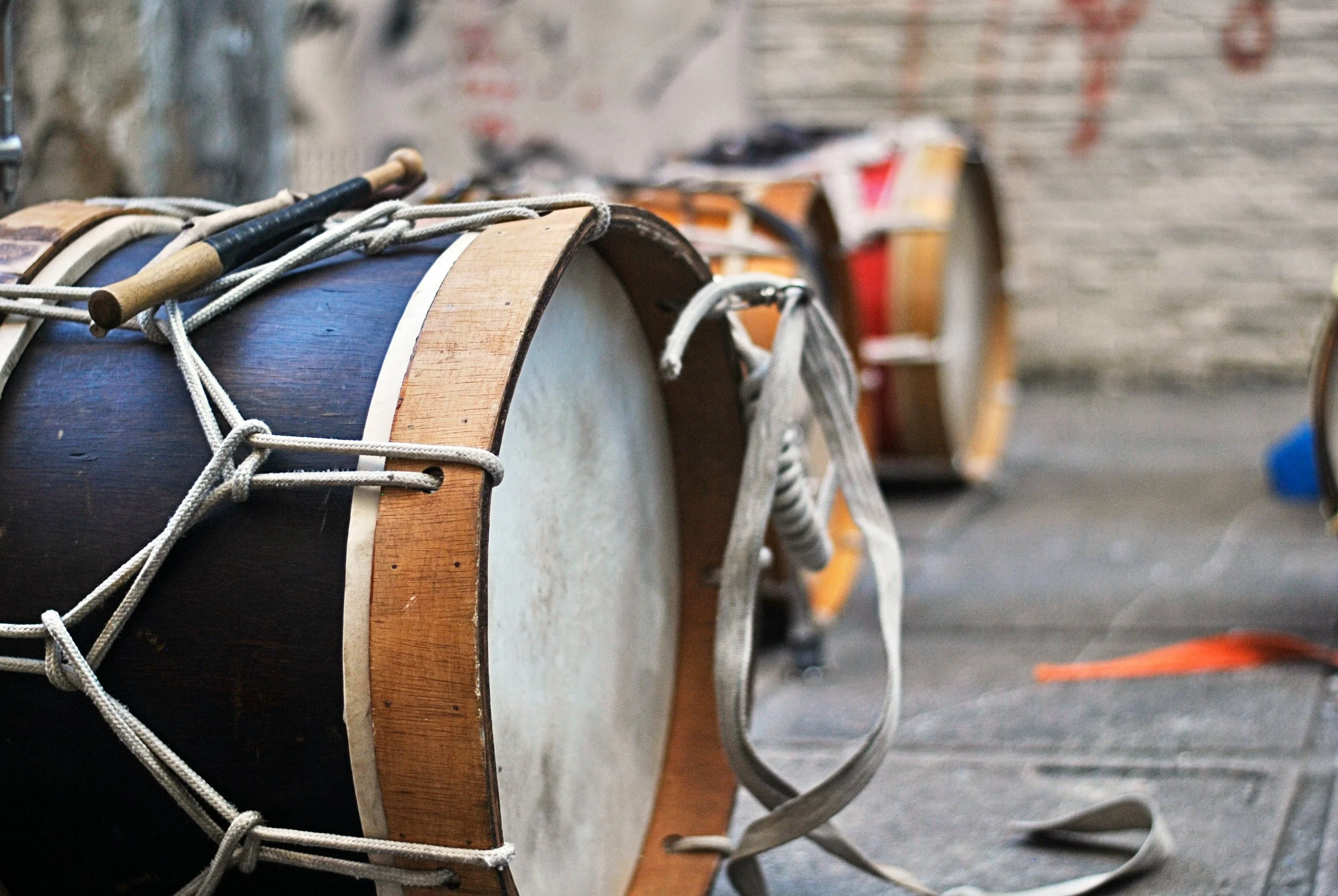Baile Funk – The Underground Beats of Brazil
Brazillian Street Music performed in Rio de Janeiro. Photo by Paulo Infante on Unsplash
From the favelas of Rio de Janeiro to the flashing lights of Hollywood, baile funk is no longer just an underground movement.
Whether it’s Neymar’s viral TikTok edits, IShowSpeed’s high-energy performances or Anitta’s mainstream endorsements, this once-local genre is now commanding global attention. But what exactly is baile funk? Where did it come from, and why is it suddenly everywhere?
Baile funk, also known as funk carioca, emerged in the late 1970s in Rio’s favelas, heavily influenced by Miami bass and African rhythms. The genre evolved as a raw, energetic expression of life in Brazil’s marginalized communities, with pulsating beats, call-and-response vocals and a signature rapid-fire rhythm. Early pioneers like DJ Marlboro shaped its distinct sound, while later artists like MC João and MC Kevin O Chris helped bring it into the mainstream.
The name “baile” comes from the massive dance parties where DJs spin funk beats for hours, creating spaces where Brazilian youth can dance, express themselves and escape daily struggles.
Fast forward to today, and baile funk is experiencing a major crossover moment. Its high-BPM rhythms and infectious hooks have become the go-to soundtrack for TikTok dance trends, YouTube edits and even global pop music.
During the 2022 FIFA World Cup, Brazil’s star player Neymar Jr. unknowingly amplified baile funk’s reach when fans edited his celebratory dances to the viral track “Parado no Bailão” by MC L Da Vinte and DJ Freitas. The track, an electrifying song about longing for attention at a dance party, became the unofficial anthem of the tournament.
Then came TikTok’s Rio street dance battles, where viral clips of Brazilian dancers challenging each other to “Tubarão Te Amo” by DJ LK Escócia and MC Ryan SP took over the internet.
One standout moment? A young girl wearing her signature cropped black Adidas top executing the once-iconic shark dance move—referencing the song’s warning about “sharks in the water” (a metaphor for heartbreak). The clip exploded, and suddenly, people worldwide were imitating the move.
IShowSpeed, the internet’s most chaotic entertainer, has fully embraced baile funk, releasing a Brazil-inspired album, “Trip 2 Brazil,” featuring artists like MC Luanna SP and baile funk heavyweight MC Kevin O Chris. Kevin O, who famously collaborated with Drake in 2021, continues to be a torchbearer for the genre’s international expansion.
“Trip 2 Brazil” marks Speed’s first full-length EP, and his track “Monkey” (feat. MC Luanna SP) has already garnered around 4.5 million listens on Spotify. His more well-known singles, “World Cup” and “Shake Pt. 2,” also incorporate baile funk beats in the backdrop, blending its signature high-energy rhythm with his chaotic, fast-paced style.
To gauge baile funk’s growing presence, Marist University students offered their first impressions of the genre.
Julia Garofalo ‘27 admitted, “I did not know about this genre,” and after listening to “Parado no Bailão,” she wasn’t sold. “There’s too much going on in the background, with the lyrics not matching the speed of the song.”
Jade Martini ‘27, however, had a different reaction. “I enjoy the vibes. It makes me want to dance.”
This split response mirrors how the genre is received globally—some love its unfiltered energy while others find it overwhelming. Yet, this unpredictability is exactly what makes baile funk so compelling.
With stars like Anitta incorporating baile funk into global campaigns (her recent True Religion ad being a prime example) and Neymar set to return for the 2026 World Cup, the genre’s mainstream explosion seems inevitable.
When asked whether baile funk will maintain its underground roots or become fully commercialized, Noah Korngute ‘28 said, “I think it won’t stay underground due to certain public figures drawing attention to it.”
While some fear that commercialization could dilute baile funk’s authenticity, others argue that more exposure could mean more opportunities for underground artists to thrive. The genre is at a crossroads—will it remain a raw, underground movement, or will it become polished for the pop charts?
One thing’s for sure: baile funk isn’t going anywhere. Whether blasting through the speakers at a Rio street party or sneaking its way into a Weeknd track, its infectious energy is impossible to ignore. The world is finally catching up to what Brazil has known for decades; baile funk is a movement, and it’s here to stay.
